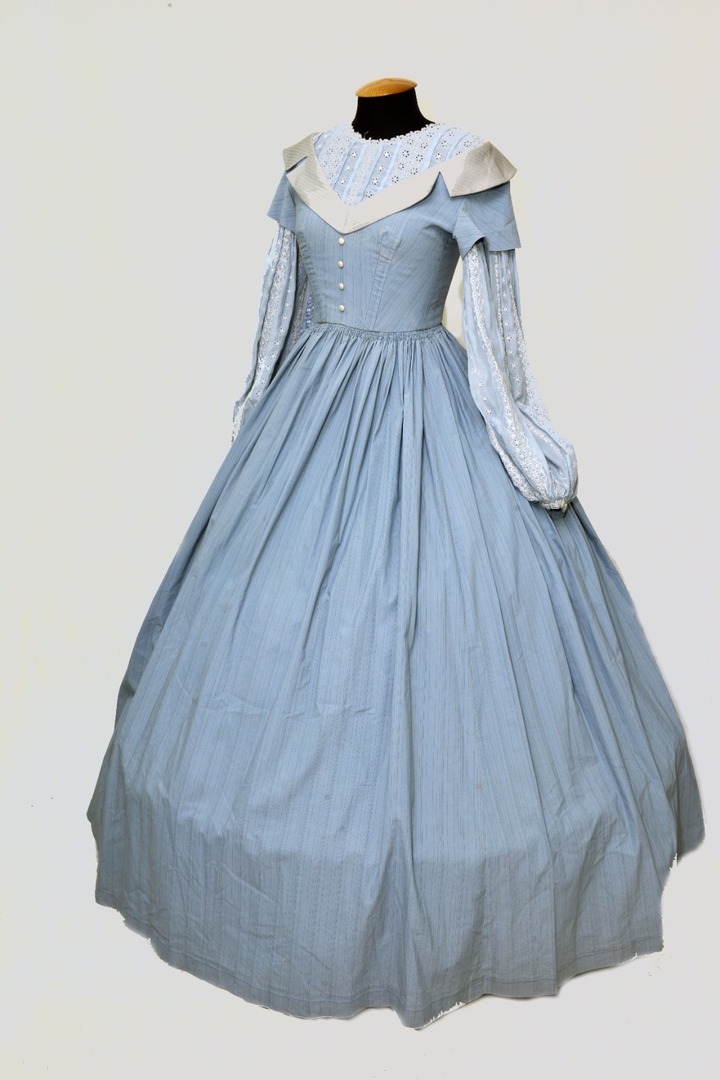The Bakhrushinsky Theater Museum has been replenished with “utopian” costumes
[ad_1]
Alexey Borodin’s production was the hallmark of RAMT, but has now become history
The collection of the Bakhrushin Museum has been significantly expanded these days with theatrical artifacts. The Russian Academic Youth Theater donated more than 40 women’s and children’s costumes, which were worn by the actors involved in Alexei Borodin’s production of the trilogy of the British playwright and classic of Foggy Albion literature, Tom Stoppard’s The Coast of Utopia.
The play, written in 2002, reached the Russian stage five years later – and RAMT was a pioneer here. But for the theater, the performance became a signature “calling card” for a whole decade, from October 7, 2007 to 2017. But everything becomes history, and so did the largest eight-hour production of the first decade of the 21st century, in which almost the entire RAMT troupe was involved. So the costumes created by wonderful artists – Natalya Voinova and Olga Polikarpova, had to “retire”, that is, end up in museum showcases and storage rooms.
The theater emphasizes that they are preparing the next batch of costumes from “The Coast of Utopia” for transfer, this time for men.
Let us remind you that in the trilogy there are quite Russian heroes –
Herzen, Ogarev, Bakunin, Belinsky, Turgenev (and Karla Marx, for example – hardly a stranger to Soviet people), although its author is a foreigner, this is what makes the Englishman’s soulful and thoughtful view of Russia interesting.

“When Stanislav Benediktovich (Benediktov, the main designer of the production) invited me to create costumes for “The Shore of Utopia,” I agreed without hesitation. The deadlines were crazy, the performance was very, very voluminous, so Benediktov decided to divide the work into three. He kept the first part for himself, offered the second to my classmate Natalya Voinova, and I got the most difficult, most “densely populated” and longest part,” says Polikarpova.
She and her colleagues had to “immerse themselves in the era” to create photographically accurate costumes. Therefore, what the Bakhrushin Museum has been enriched with goes beyond the scope of theater or Russian/world art – it is a wide cross-section of an irrevocably past era recreated by our contemporaries.
[ad_2]
Source link






